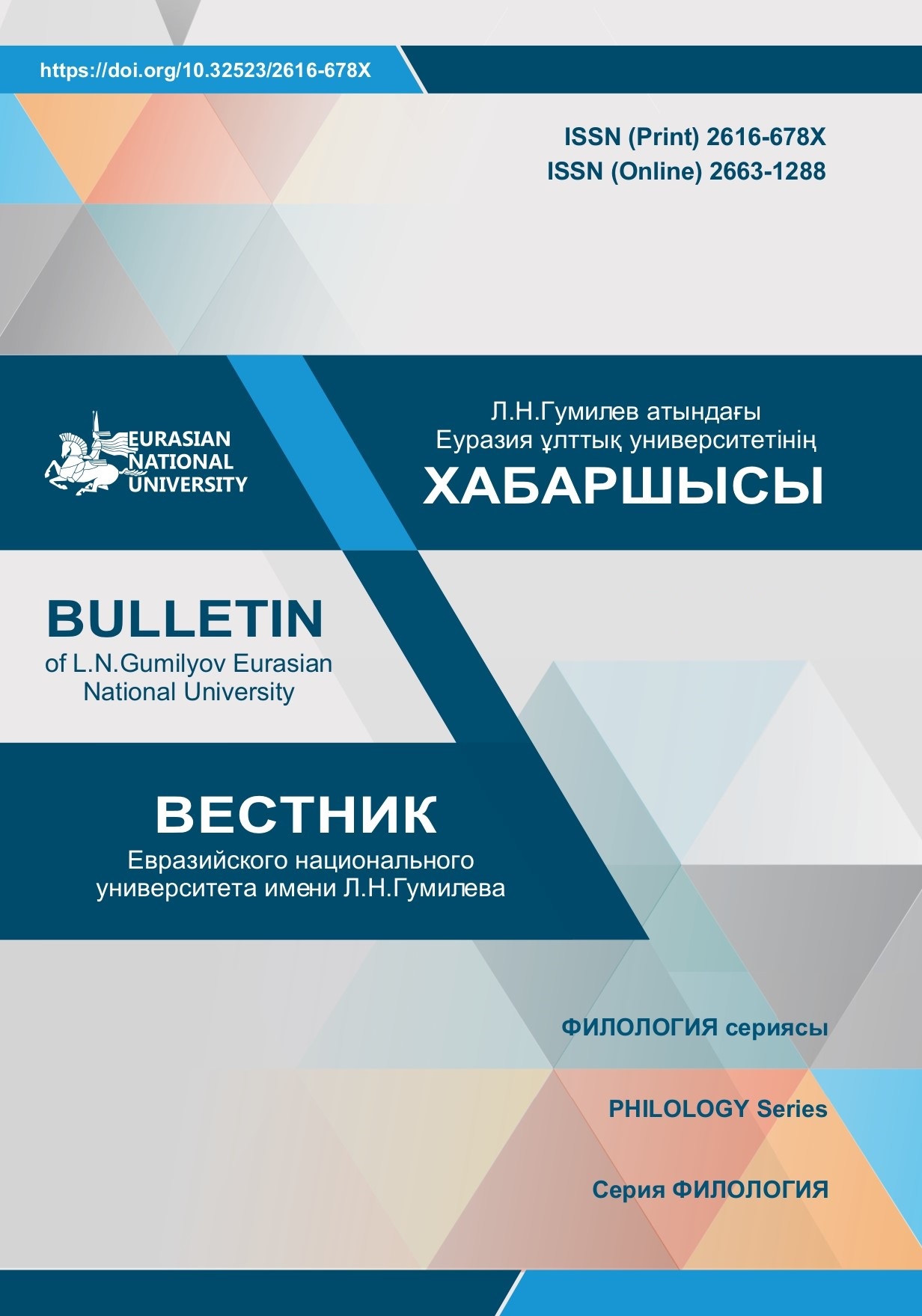Oralmans in Kazakhstan and their Socio-Cultural Adaptation
Views: 146 / PDF downloads: 129
DOI:
https://doi.org/10.32523/2616-678X-2018-122-1-64-70Keywords:
oralman, state language, integration, cultural adaptation, national peculiaritiesAbstract
The article named «The Orientation for the Future: Spiritual Renewal» written by the president
of Kazakhstan has identified a clear plan and purpose for the bright future of Kazakhstan. After Kazakhstan gained
its sovereignty, many measures were taken in order to become one of the developed countries. The comprehensive
researches on Kazakh language, the status of the language, as well as the linguistic situation of Kazakhs in the People’s
Republic of China are increased. Studies of domestic and foreign science attracted the attention of researchers on
issues of socio-economic integration and cultural adaptation of oralmans in Kazakhstan. In this article, the authors
conducted a sociological study on the level of adaptation, ethnic, national and cultural identity of returnees through
interviews and oral interviews among oralmans in Kazakhstan.
However, the lack of a deliberated state strategy in the field of immigration policy in our republic has a
negative impact on many sides of the practice in the organization and management of these processes, which have not
yet been adequately reflected in research materials. Thus, the relevance of the research topic is determined by the need
for a comprehensive institutional research framework for the integration of oralmans in the developing Kazakhstani
society.







